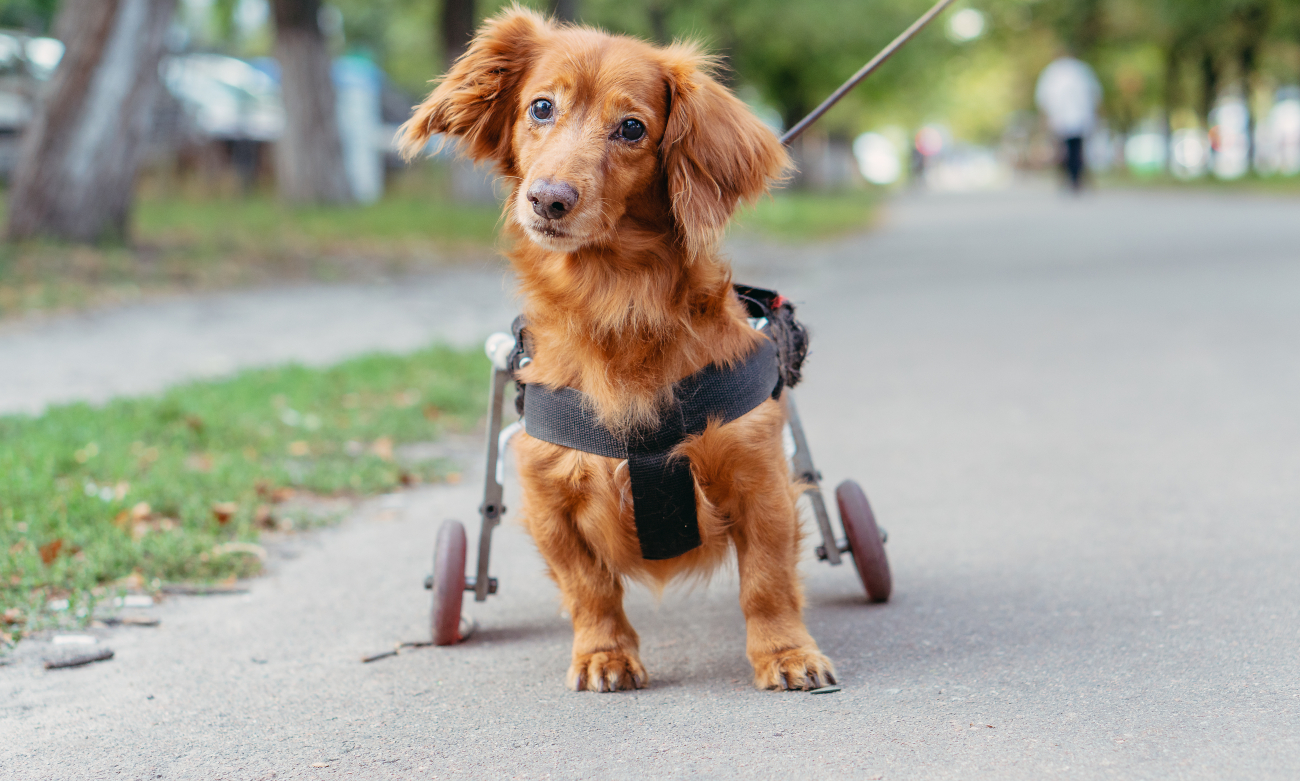Should you put your dog in a car seat in the UK?
21st February, 2024

In the UK, venturing out with your pet dog in your vehicle is usual for many dog owners. However, the paramount question that arises is, should you put your dog in a car seat in the UK? The answer is decidedly affirmative.
*Ensuring the safety of your dog during car travel is crucial, as unrestrained pets can pose significant risks to both themselves and others in the event of an accident. This article will delve into the importance of restraining your dog in a car seat, the UK law regarding the same, and advice on choosing the best dog car seat or booster seat for your pet.
The importance of dog car seats
The importance of utilising a dog car seat for your dog cannot be overstated. Even the most well-behaved dogs require some form of restraint during every journey. The reasons are manifold:
- Distractions: Dogs can be a significant distraction, climbing between seats or even attempting to get into your lap. A momentary distraction can lead to a crash, with potentially disastrous consequences. Using a car seat can significantly reduce such distractions.
- Accidents: Even the most cautious drivers can have accidents. Unrestrained dogs are more likely to hurt themselves and others in the event of a collision. The momentum from a crash can throw unrestrained pets around the vehicle, causing severe injuries.
- Post-accident behaviour: In the aftermath of an accident, an unrestrained dog may react out of fear or confusion, potentially becoming aggressive. Having them safely restrained makes it much easier to assist them and reduce the risk of them fleeing or acting out in fear.
Understanding the UK law
According to the Highway Code from the UK Government, it is required to effectively control your pet while travelling. A "seat belt harness, pet carrier, dog cage or dog guard" are acceptable means of restraining animals in cars.
Dogs should never be restrained solely by their collars while in the car. Violation of these guidelines can result in fines and points on your driver's licence.
Now with understanding the UK law, check out our blog on tips for travelling with pets elsewhere on our site.
Choosing the right car seat or booster seat for your dog
There is a wide range of products available for restraining your dog in your vehicle, and choosing the right one can be overwhelming. Here are some factors to consider when making your selection:
- Size of the dog: The size of your dog can influence the type of restraint system. Larger dogs may require a specialised dog harness or dog crate.
- Frequency of use: How often you plan on using the restraint system can also factor into your decision.
- Crash test certification: Some products are crash-tested and are generally a safer choice than non-tested products.
- Dog's comfort: Although car safety is paramount, your dog's comfort is also essential. If your dog is uncomfortable with a particular type of restraint, behavioural training and guidance may be required.
Dog guards
Dog guards are installed in your vehicle between the back of the seats and the boot. They keep your dog within the boot space, preventing them from climbing over the seats.
Although dog guards are more about protecting passengers than the dog themselves, they can be an effective means of restraint, especially for larger dogs.
Safety harnesses
Harnesses fit around the chest and neck of your dog and should be comfortable and well-fitted. They should not be too tight; you should be able to get two fingers between your dog and the harness.
Once fitted, the dog harness can be connected to your car's seat belt fittings. Harnesses are generally considered to be the safest choice of car restraints.
Crates
For dogs that are crate-trained, a dog crate can be a viable option for travel. However, it's important to ensure that the crate is securely fastened within the car.
The crate should be big enough that your dog can stand up, lie down and turn around comfortably but not too big that it increases the risk of injury in case of an accident.
Dog guards
Dog guards are installed in your vehicle between the back of the seats and the boot. They keep your dog within the boot space, preventing them from climbing over the seats.
Although dog guards are more about protecting passengers than the dog themselves, they can be an effective means of restraint, especially for larger dogs.
Safety harnesses
Harnesses fit around the chest and neck of your dog and should be comfortable and well-fitted. They should not be too tight; you should be able to get two fingers between your dog and the harness. Once fitted, the dog harness can be connected to your car's seat belt fittings. Harnesses are generally considered to be the safest choice of car restraints.
Crates
For dogs that are crate-trained, a dog crate can be a viable option for travel. However, it's important to ensure that the crate is securely fastened within the car. The crate should be big enough that your dog can stand up, lie down and turn around comfortably but not too big that it increases the risk of injury in case of an accident.
Should you put your dog in a car seat or booster seat?
The answer to this question depends on the size and comfort level of your dog. Smaller dogs may benefit from booster seats that allows them to see out of the window, reducing anxiety and motion sickness. However, a booster seat should always be used in conjunction with a harness to ensure your dog is restrained properly.
Dog safety and insurance
It's worth noting that keeping your dog safe in the car also includes having adequate insurance coverage for your pet. Getting a dog insurance quote for your furry friend can be done through our website.
You can also get in touch with our dog insurance team on 0330 102 5748. Having insurance ensures that if an unfortunate incident does occur, you have the necessary support to navigate through it.
Conclusion

In conclusion, should you put your dog in a car seat in the UK? Absolutely! Not only is it a legal requirement, but it also ensures the safety and well-being of both your pet and other passengers in the vehicle.
By understanding the importance of using a car seat, complying with UK law, and choosing the right car seat or booster seat for your dog, you can ensure safe and enjoyable car journeys with your furry friend.
As a pet owner, your pet's safety is your responsibility. Ensuring that they are properly restrained during car travel is one of the many ways you can protect them. So, buckle up and enjoy the car ride!
Helpful Pages
Recent Posts
Pet Insurance Quote
- 98% claims paid *
- Claims paid directly to vets
- 24/7 vet video consultations
- Interest free monthly payments




